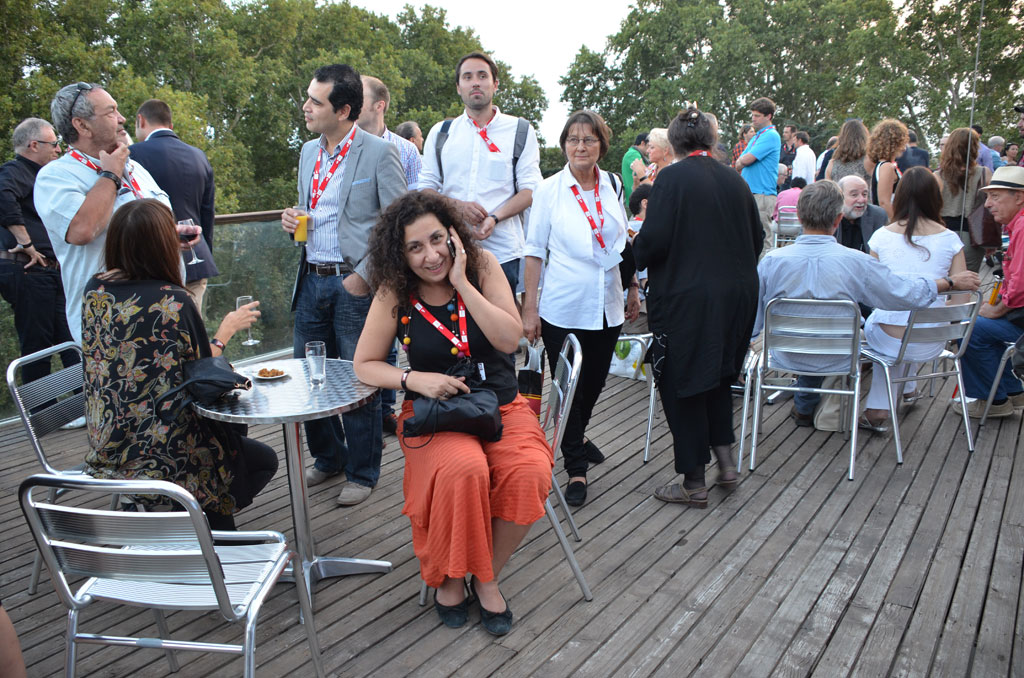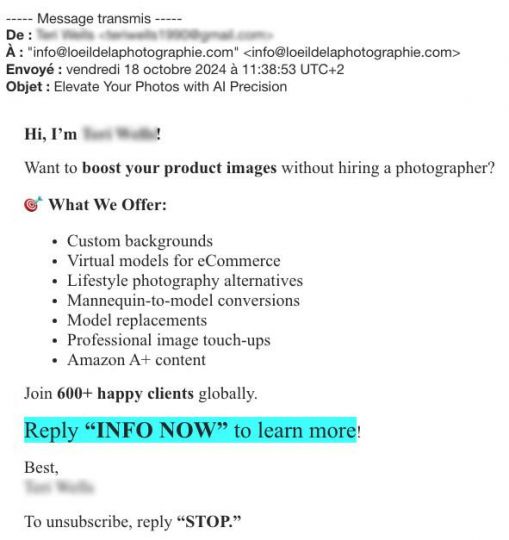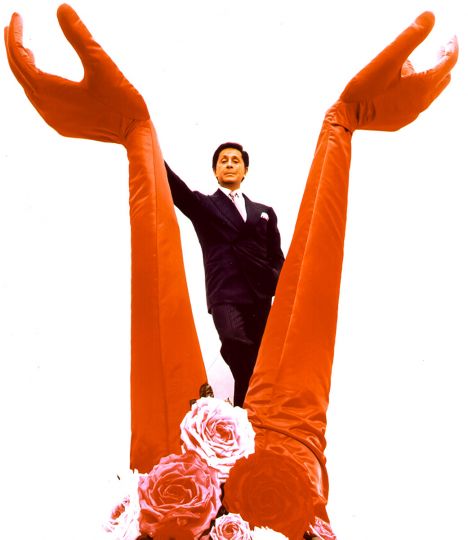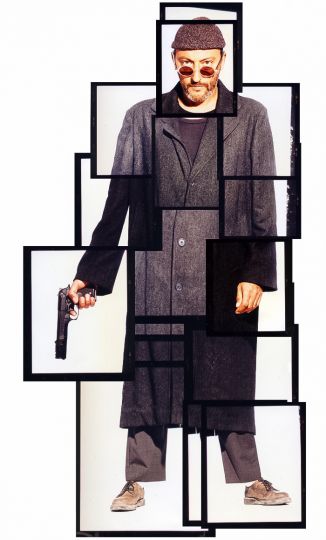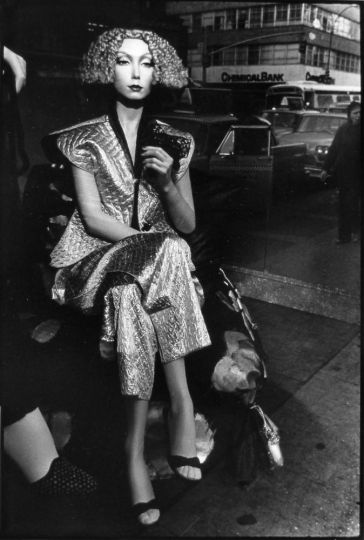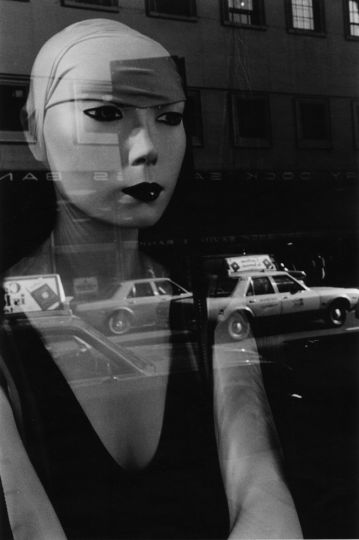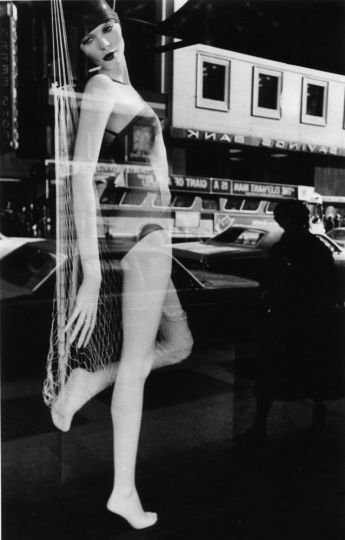During a recent conference on the Digital Revolution, Aline Manoukian, president of ANI (National Association of Iconographers) spoke about the “new rules of photography in the French press.” The conference was organized by PAJ, an association of photographers, artists and journalists.
“I was a press photographer for fifteen years. Now I have been an independent picture researcher for more than ten years. Several of my colleagues at French newspapers tell me that due to the reduction of photo budgets, they’ll soon all find themselves unemployed.”
What are we photography specialists to do faced with this reality?
We work too quickly, so we don’t work well. We keep looking for the free and the cheap, in spite of ourselves. Some of us simply steal images at all costs. For some magazines, 40% of their images were free, taken from the net or provided by news services. If we don’t do it, our layout designers or our editors will go on the Internet and do it themselves. Even if we warn them about potential lawsuits whose costs will far exceed the price of the photos, they say, “We’ll take the risk.”
This non-selective approach has an obvious effect on readers, who think: why buy newspapers and magazines that all say the same thing if I can get the same content on Internet for free? Are they right or wrong?
For the rare commissions that photographers get these days, the time is short, the funds are low, and the pay is meager. Some newspapers even publish works of reportage by underpaid young photographers ‘on spec,’ under the pretext that the visibility alone is worth it.
Sometimes even more established photographers have to find other means to finance their projects. They agree to live on almost nothing and in minimal comfort, fed by the passion to report. They might as well be volunteers.
Their work is no longer visible in the press. They take refuge in galleries, festivals and a few professional revues. Because of the frantic search for free photos on digital networks, it’s not only the quality of photojournalism that’s suffering, but also the credibility of the press. Internet is teeming with hoaxes and false information.
Of course, people have the right to express themselves through the image, and there’s no shortage of means to do so: Facebook, blogs, websites, discussion boards, Twitter, Flickr, Instagram, etc. But what’s regrettable is that the press uses these sites as sources of information, with no guarantee of reliability.
Do we even know how many citizen photojournalists have been injured or killed with a telephone in their hand?
In France, in all the news websites that have appeared in the past few years, positions for photo directors are virtually nonexistent. Young people “born with a computer in their hands” are hired instead. In addition to the human and the animal, a new species has appeared: the geek. It will take at least a decade to combine culture of photography specialists with the technological ability of the geeks.
Aline Manoukian
Read the full text of this article in the French version of Le Journal.

